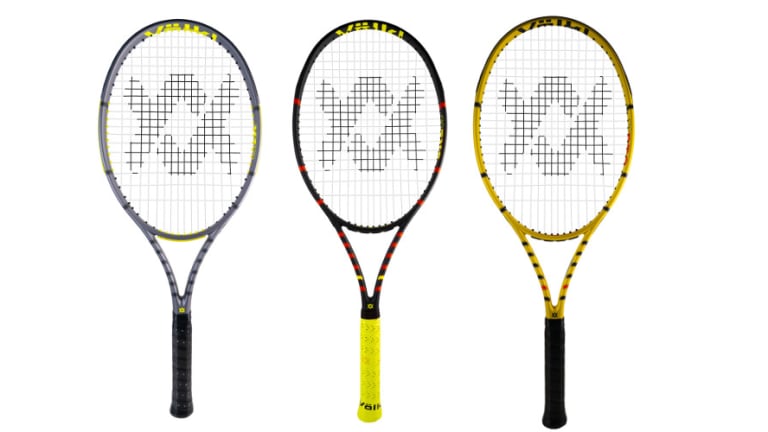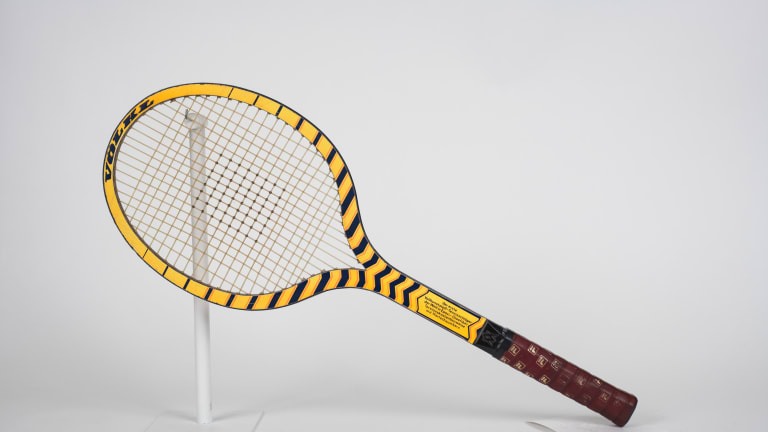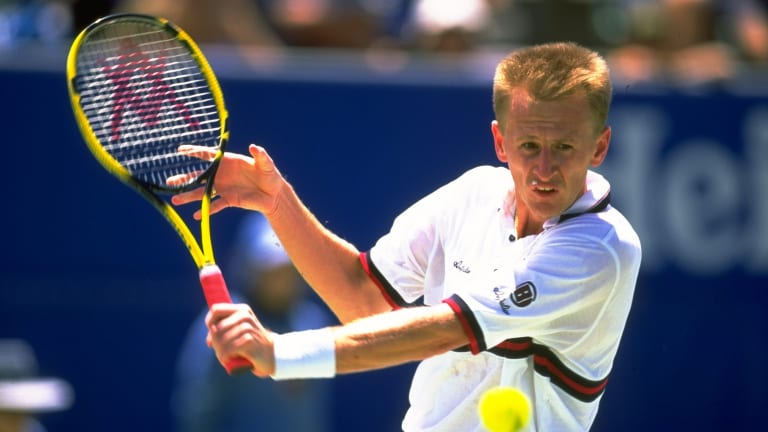It was 1972. The Godfather was setting box office records, a burglary at the Watergate Hotel would cause a national scandal and Title IX opened the door to expanded female participation in sports. That same year, a venerable German ski brand made its initial foray into the tennis market.
Using their knowledge of engineering skis with wood and other materials, they produced their first frame. The Zebra print racquet—one of the earliest composites made—introduced Volkl to the tennis world. A half-century later the brand is still churning out innovative, high-performance gear for discerning players.
To celebrate its 50th anniversary, Volkl has created modern updates of two of its most popular and important frames. Back in 1994, Volkl launched the first V1. Its 102 sq. in. head size, 10 oz. (285g) unstrung weight, and powerful, variable beam, made it the picture of user-friendliness. The racquet’s inventive Big Grommet technology—subsequently a staple in Volkl racquets—increased ball dwell time, comfort and spin. With a playability that worked for a wide range of players and ability levels the racquet helped usher in what has become the ‘tweener category.


